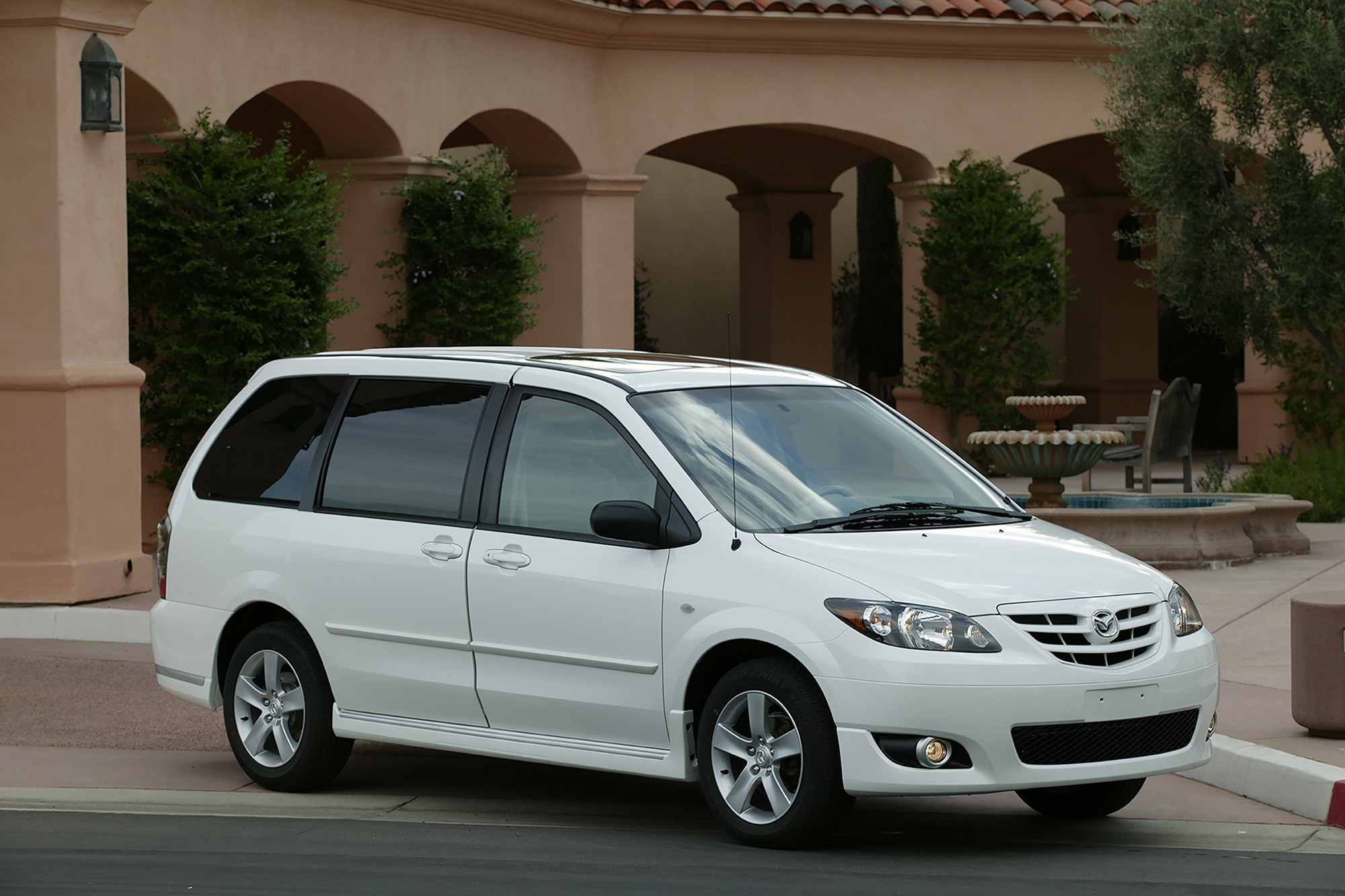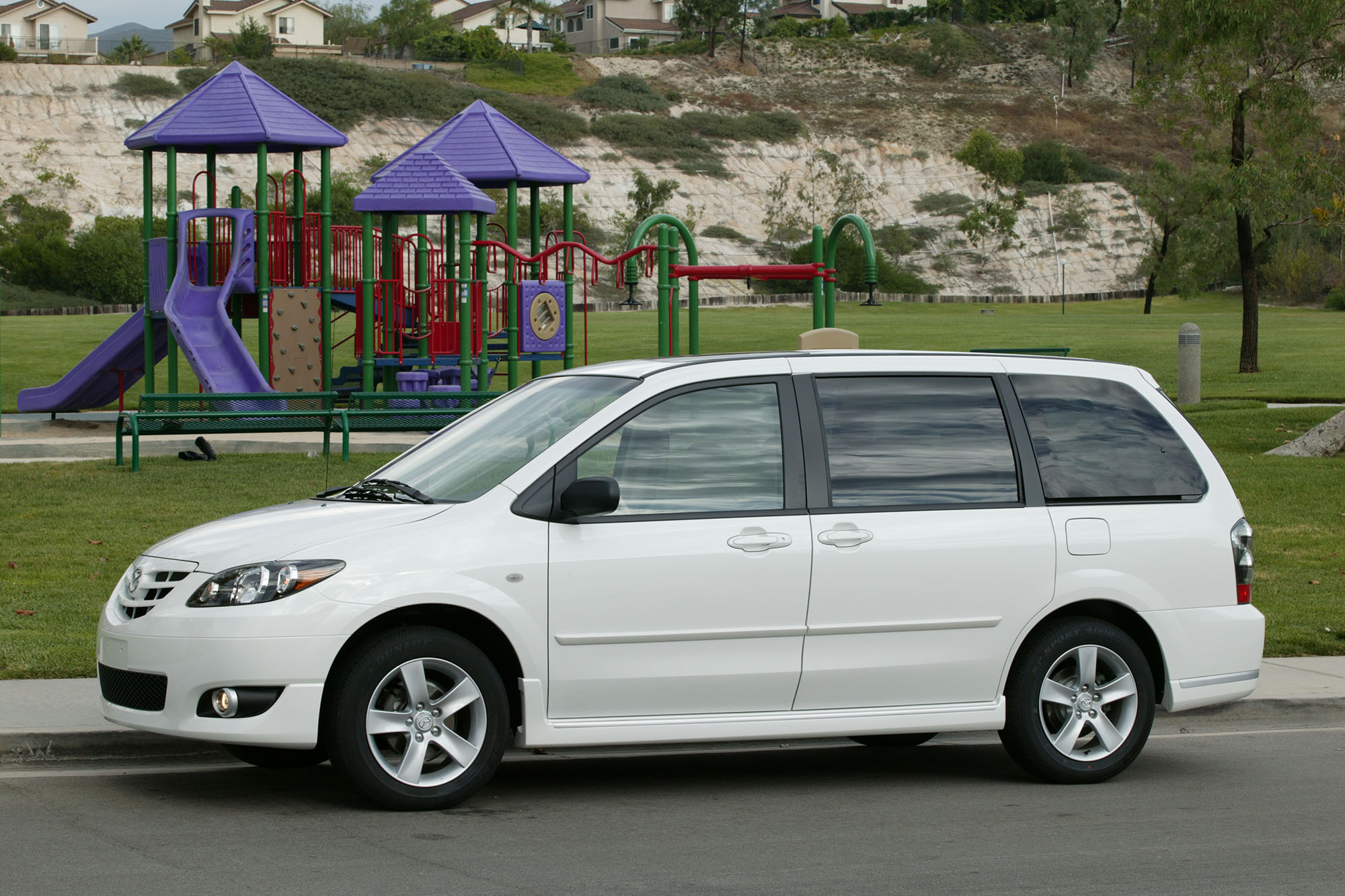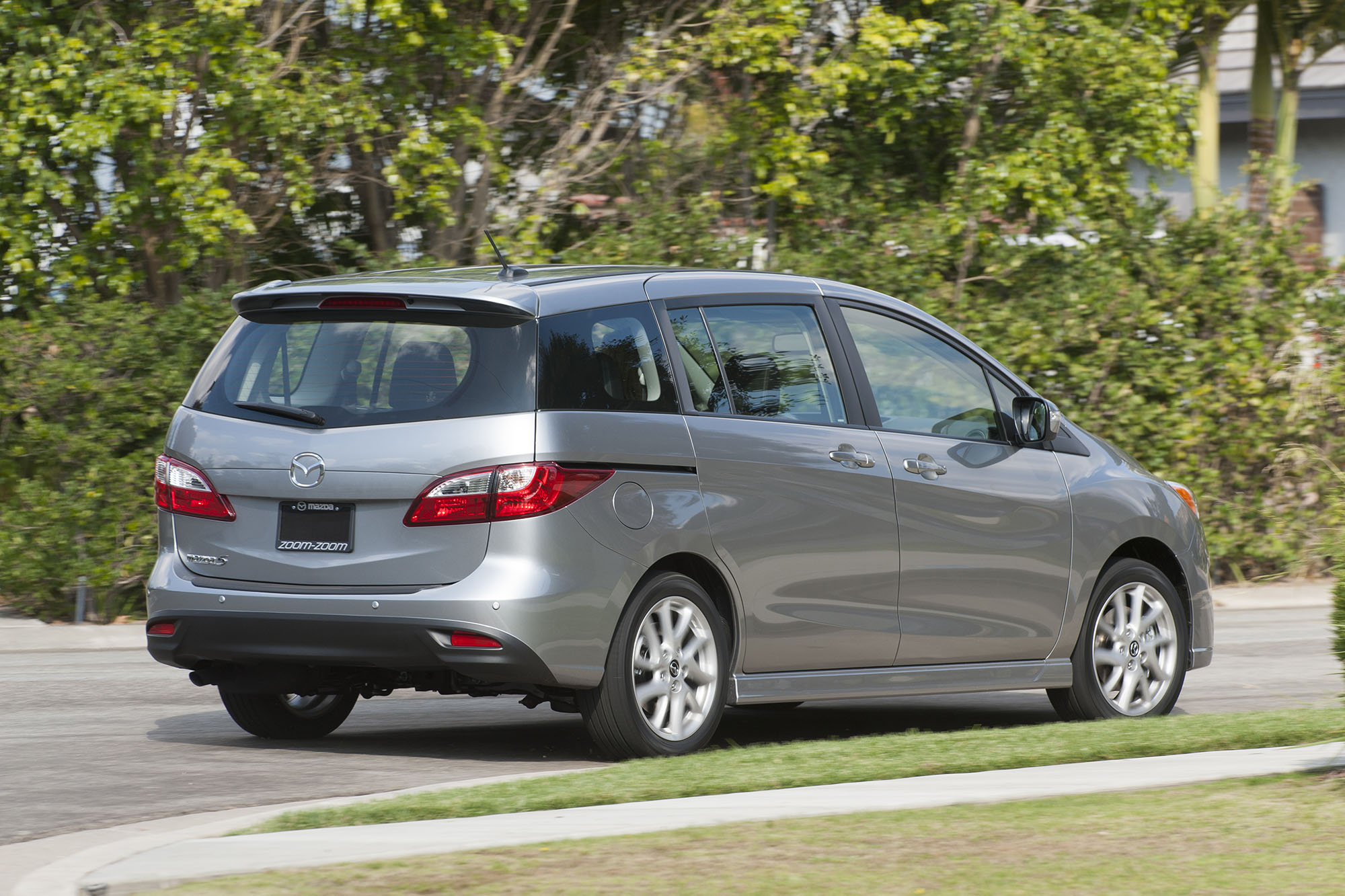What Is a Multipurpose Vehicle?
The MPV is a seldom-remembered blast from the people-moving past.
 Mazda
Mazda
For some buyers, the idea of getting a minivan is a nonstarter due to the vehicle's associations with a dull driving experience and an equally staid suburban life. For others, an SUV just feels too bulky or rough-and-tumble for the daily drive.
Enter the multipurpose vehicle, or MPV, a mode of transportation that aims to slide in between these two worlds and appeal to a specific type of customer.
 Mazda
Mazda
The Origins of MPVs
MPV stands for multipurpose vehicle. While that term might sound like a vague description, the phrase has been around for nearly 40 years and was used in Europe to describe practical automobiles before making it over to the United States.
One of the first examples in the U.S. arrived at the end of the 1980s in the form of the Mazda MPV, which the company referred to as a multipurpose vehicle in its marketing.
In some ways, the Mazda MPV resembled a minivan, with a tall, long roof and large greenhouse, which is the part of the car comprising windows and pillars. There were important distinctions, however, such as the availability of four-wheel drive and design elements that put the MPV somewhere between a van and a traditional SUV of the era.
The defining characteristic of Mazda's machine was that it was just as adept at moving people as it was cargo, thanks to its generous cabin size, making it a true multipurpose option as opposed to a traditional sedan. This proved to be the template used by contemporaries such as the Nissan Axxess and the Eagle Summit.
 Mazda
Mazda
Crossovers vs. Multipurpose Vehicles
One thing that most MPVs had in common was size. They weren't as big as a minivan or an SUV, but they were designed to make the most out of their upright dimensions.
This made them a good alternative for those who needed more cargo space and people-hauling capability than a compact hatchback could give them but also wanted a footprint not much larger than a standard automobile's. A perfect example was the Mazda 5, which delivered three rows of seating in a very small package.
MPVs began to fade from the market with the arrival of crossover SUVs, which blended many of the same attributes with a carlike driving experience. Starting in the early 2000s, crossovers quickly expanded to fit into nearly every niche, pushing out MPVs. This happened even in Europe, where MPVs had enjoyed their greatest success.
 Kia
Kia
Is There a Modern MPV Market?
Not many car companies identify their models as MPVs in the modern automotive landscape. There is one exception in the U.S.: Kia, which brands its Carnival as an MPV rather than a minivan.
Written by humans.
Edited by humans.
Related articles
View more related articles
